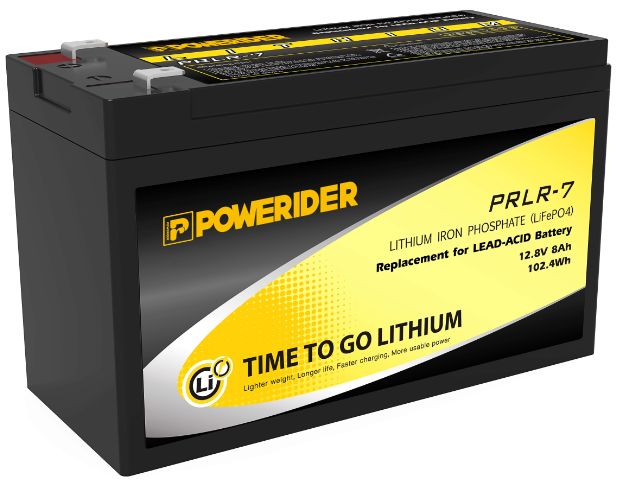
Privacy statement: Your privacy is very important to Us. Our company promises not to disclose your personal information to any external company with out your explicit permission.
These problems arising from the combination of high-nickel materials and electrolytes are more complex to solve and have high technical thresholds. If the company does not have enough research and development strength, it is difficult to do a good job of matching electrolyte products with high nickel materials.

1, high specific energy type electrolyte
The pursuit of high specific energy is the largest research direction of lithium-ion batteries at present, especially when mobile devices occupy an increasing proportion in people's lives, battery life has become the most critical performance of the battery.
The future development of high energy density batteries is bound to be high-voltage positive electrode and silicon negative electrode. However, due to its swelling effect, it cannot be applied. In recent years, the research direction has changed to silicon carbon negative electrode, which has relatively high gram capacity and small volume change. Different film forming additives have different cycling effects in silicon carbon negative electrode. 2, high performance electrolyte At present, commercial lithium electronic batteries are difficult to achieve high rate continuous discharge, the main reason is that the battery pole ear heat is serious, internal resistance leads to the overall temperature of the battery is too high, easy to occur thermal runaway. Therefore, the electrolyte is required to prevent the battery from heating up too fast, while maintaining high conductivity. For high power batteries, fast charging is also an important direction for electrolyte development. High power batteries not only put forward requirements for electrode materials such as high solid phase diffusion, short nano-ion migration path, control of electrode thickness and compaction, but also put forward higher requirements for electrolytes: 1, high dissociation electrolyte salts; 2, solvent composite - lower viscosity; 3, interface control - lower membrane impedance. 3, high temperature electrolyte The decomposition of the electrolyte itself and the side reaction between the material and the electrolyte component can easily occur at high temperature. At low temperature, the electrolyte may be salted and the impedance of the negative SEI film increases exponentially. The so-called wide temperature electrolyte is intended to give the battery a wider working environment. The following figure shows the boiling point comparison diagram and solidification comparison diagram of various solvents. 4, safety electrolyte Battery safety is mainly reflected in combustion and even explosion, first of all, the battery itself is flammable, so when the battery overcharge, overdischarge, short circuit, when the outside needle, extrusion, when the outside temperature is too high, may cause safety accidents. Therefore, flame retardant is one of the main research directions of safe electrolyte. The flame-retardant function is achieved by adding flame-retardant additives to the conventional electrolyte, usually using phosphorus or halogen flame retardants, which require reasonably priced flame-retardant additives without compromising the performance of the electrolyte. In addition, the use of room temperature ionic liquids as electrolytes has entered the research stage, which will completely eliminate the use of flammable organic solvents in batteries. The ionic liquid has the characteristics of extremely low vapour pressure, good thermal/chemical stability, non-flammable, etc., which will greatly improve the safety of lithium-ion batteries. 5, long circulation type electrolyte Due to the current recycling of Lithium Batteries, especially the recycling of power batteries, there are still great technical difficulties, so improving the life of the battery is a way to alleviate this situation. There are two main research ideas of the long circulation type electrolyte, one is the stability of the electrolyte, including thermal stability, chemical stability and voltage stability; the second is the stability of other materials, which requires stable film formation for electrodes, no oxidation for membranes and no corrosion for fluid collectors.

Privacy statement: Your privacy is very important to Us. Our company promises not to disclose your personal information to any external company with out your explicit permission.

Fill in more information so that we can get in touch with you faster
Privacy statement: Your privacy is very important to Us. Our company promises not to disclose your personal information to any external company with out your explicit permission.